

Your manual is waiting for you 🎉


An art signature is the last stroke of the artist's brush on their painting or the last touch of a pen on the paper with the manuscript. It is the proper culmination of the working process. Artists can use a wide range of tools to create a unique signature that will also express and underline the character and art itself. Nowadays, artists don’t need to use only handwritten signatures and can change them with digital or electronic options.
No matter what you choose for the signature, it must be unique and protect your rights. A signature usually proves the origin of the artwork, so you can’t change it as much as you want. Once people recognize it, you need to keep using the very same signature.

The signature drawings are of great importance to art protection. A painting without a signature can be easily copied or stolen. Moreover, the artwork does not look complete without the sign from the artist. Over time, the painting with a signature can increase in value, while the nameless one will be hard to identify. They will not be equally evaluated because of doubts about the origin. If you become successful and popular around the world, your signature becomes valuable too.
Another reason for signing your work is that you will tie all the pieces together with the signature. Even when you have parts that look as if they aren’t connected, you can unite them using a signature. Consider your signature on paintings, manuscripts, and music notes as the logical finish.
You can’t send your creation to anyone or show it to other people without your signature unless you take part in some competitions where your true identity must stay hidden. However, in the end, you have to reveal your name even in such cases.
If you are looking for how to create an artist signature, you need to start with the type of art you create. Based on the type, you can use a different approach to your signature. It can vary based on the material you work with and the genre. You might want to choose the placement of the signature and decide what it will look like afterward. Let’s consider several types of art and signatures that are the most suitable for them:
Oil paintings are thick and usually come in a wide number of layers. This is why many oil painting artist signatures look like they were scratched. It is one of the most popular ways to leave your initials. To scratch your name, you need to wait till all the layers of paint get dry. Take the painting knife or your brush’s end to cut the signature. If you want to make the signature in cursive or sophisticated, you can use a black marker or paint that will withstand the painting.

You might need to use a different technique for strokes in your signature than on your drawings to make it visible. The artist's signature can be even brighter than drawings or just put somewhere in the empty space of your drawing. If you use graphite in your drawing, you can still use it for signature. Just make the letters bolder or in a different style.
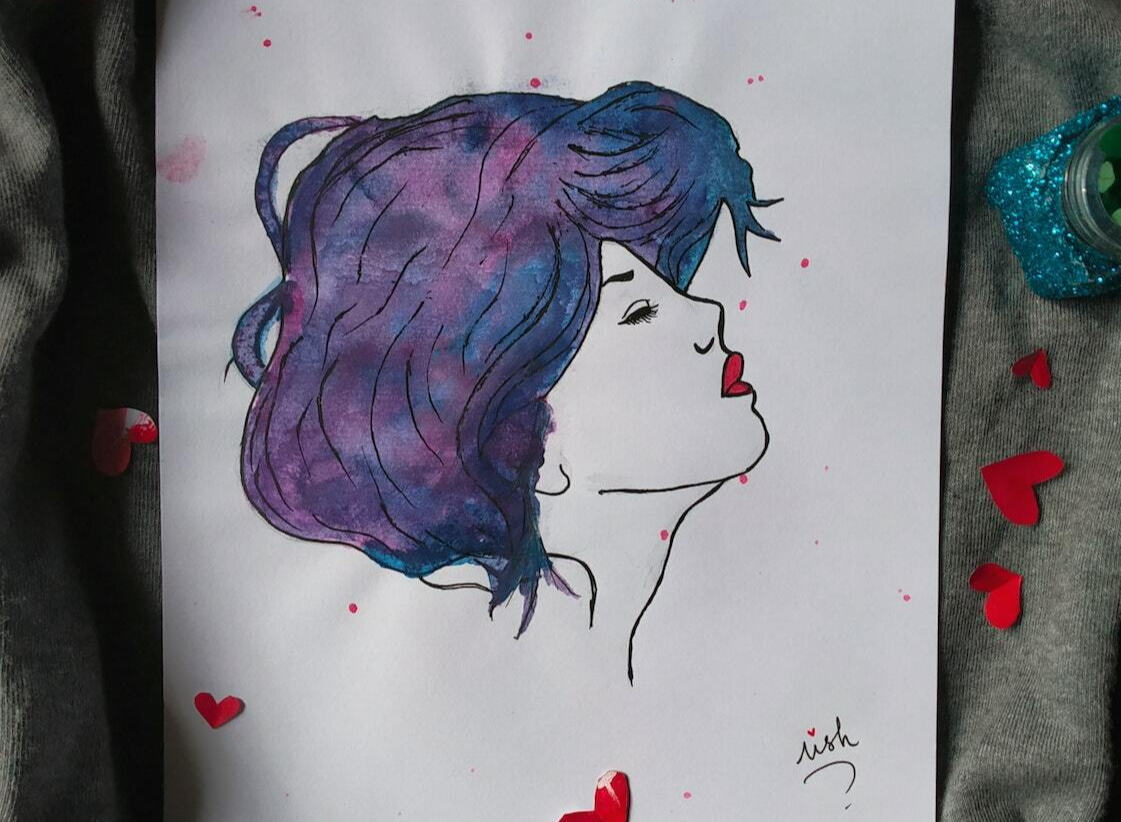
Prints are official copies of the original art. They are made by an artist and have to be marked by a unique signature of the creator. If you don’t want other people to duplicate your creations, you need to sign them. You have to think carefully about the size, style, color, and placement of the sign. You can even add some unique designs there.

This type of art is not that easy to sign, but it is possible. You need to create an electronic signature that will work for you. It will be like an encrypted code that no one else can copy.
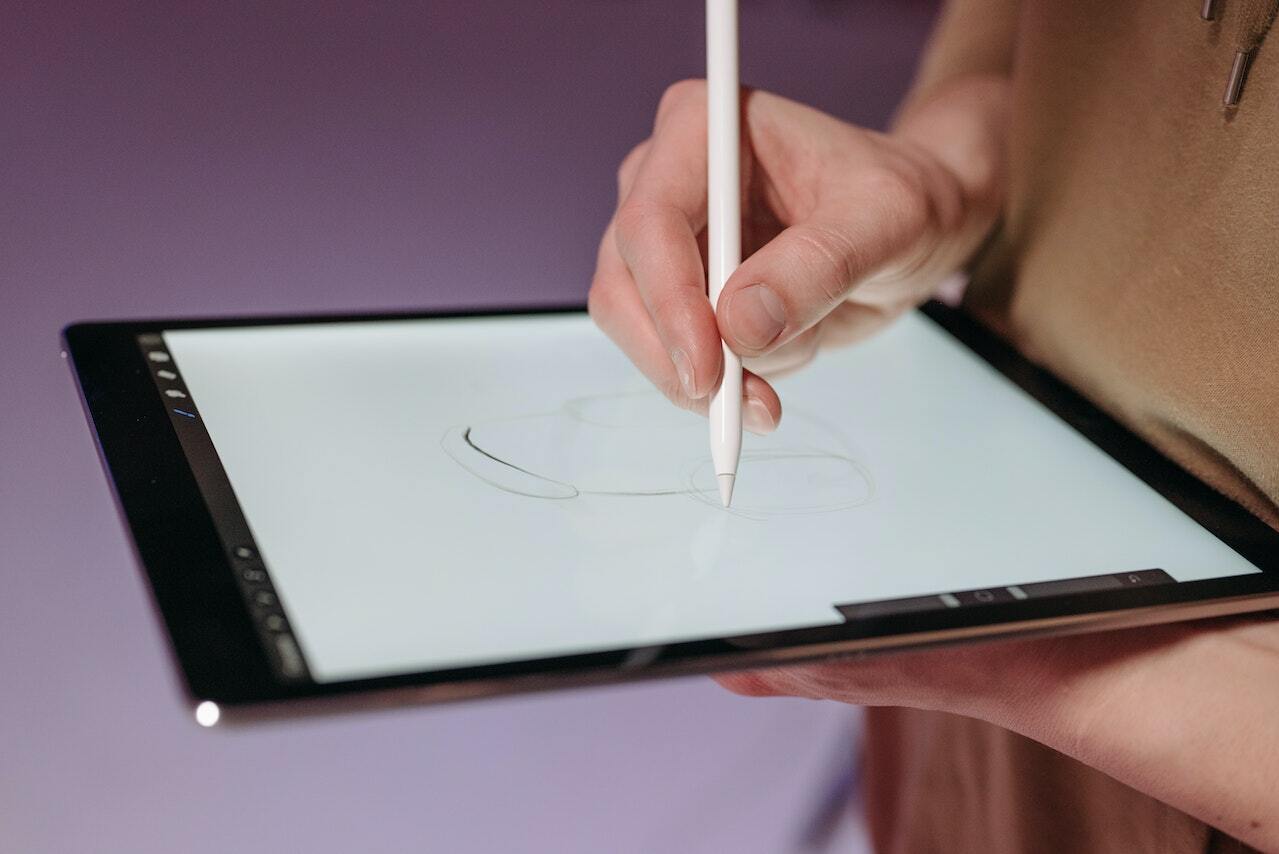
In addition to creating your specific signature, you also have to think about the place you can put it. Any signature of artists must be visible. Yet, its location can differ based on the type of art you have. Here are the tips for each type:
Oil paintings are a traditional type of art. Usually, there is a specific place for a signature, which is the front side of the painting, in the lower left corner. This is the place where art collectors expect to see it. Yet, you don’t need to follow their rules. Sometimes, artists prefer to separate a painting from a signature and hide their names on the back.
They can be signed the same way as oil paintings. Usually, a classic signature stands in the bottom left corner of the artwork. You can always place it closer to the front. If you see your signature as the part of the drawing, you can put it wherever you like.
You can sign them close to the corner of the paintings. Yet, if you work with clients, they can ask you to change the place and point out the specific area where they want to see it.
Usually, digital signatures are left on the front of the art. There is still no back part. You can choose the place where you want to put it.
You might need some time to come up with a creative signature that will promote your art and indicate you as an artist. If you have no idea where to start, read these helpful tips. Use them and make your personal sign:
You need to make sure that your signature is unique and legible. No matter whether you are a well-known artist or still new in the artistic world, you have to create a recognizable sign that will be accepted officially as your own. Your signature must be readable and not small. It does not have to distract from the painting as well.
It is up to you which way to choose; yet, once it is chosen, you have to follow it. A full name is preferable for new artists. Collectors have to easily recognize the name of a painting. It is not something simple, since sometimes they have to go through digital collections and zoom in on each painting.
Don’t sign an unfinished painting yet. The best time is when it is ready and you want to show it to the audience. The paint must be dry. There must not be any dust too. Don’t wait for too long after you finish painting since the colors can change over time.
If you plan to put the painting in the frame, your name must not be hidden under it. Calculate the area properly.
If you have problems with generating your signature, you might need inspiration. To do it, just open any book about art or visit Pinterest. You will find lots of paintings signed by famous painters there. Pay attention to the most popular artists and think about how you can make your work more unique without copying any signatures. Check these signatures out:
His signature is probably the least complicated and one of the most creative at the same time. Check out the bold letters and underline in the sign that states “Picasso.” It is simple and matches the character of the famous artist.
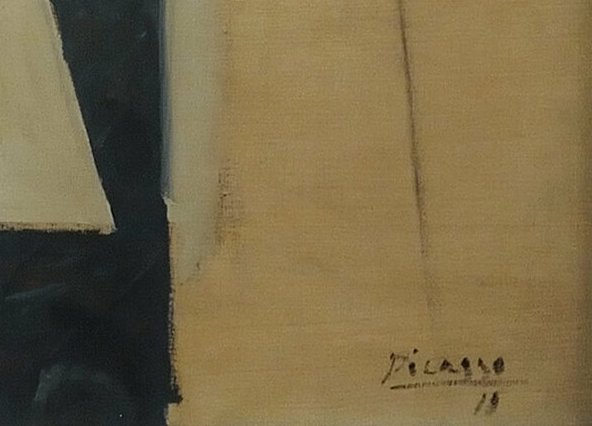
While Walt was not an artist himself, it is worth paying attention to his signature. Check out the cute little Mickey Mouse he was drawing any time he had to sign the papers. If you don’t have many colors on the painting, you can come out with similar signs.

This guy definitely knew how to stay legendary for ages. His sign is recognizable from afar, and it is universal. You can put such symbols even on the most colorful painting without losing anything and still keep the signature visible.
Jean-Pierre Dalbéra from Paris, France, CC BY 2.0, via Wikimedia Commons
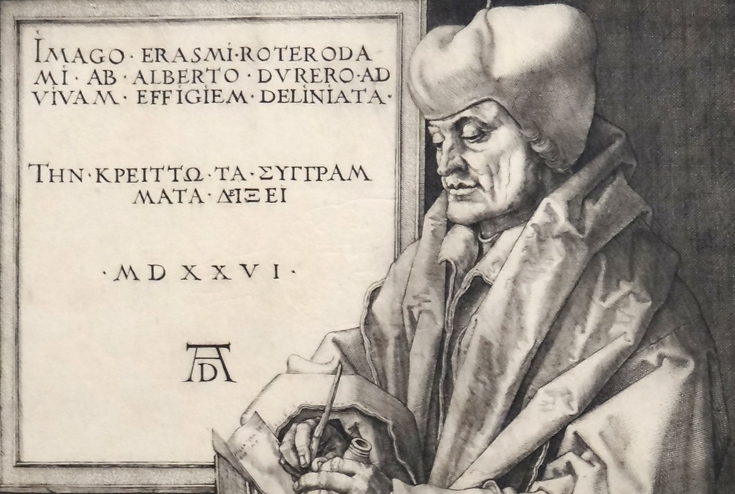
Here is a classic example of the signature from a famous Italian painter. It is not that readable in the end, but you will recognize it as quickly as Durer’s. Da Vinci was writing his whole name and last name.

You have to be really famous or bold to pick a similar signature. This artist was definitely aware of what he was doing when he was signing his name with the same color with the painting as he did with “A Woman Holding a Pink.” If you believe you will be as famous as Rembrandt, you can also leave your signatures barely noticed just to make people search for your name.
A Woman Holding a Pink, 1656, Andrew W. Mellon Collection
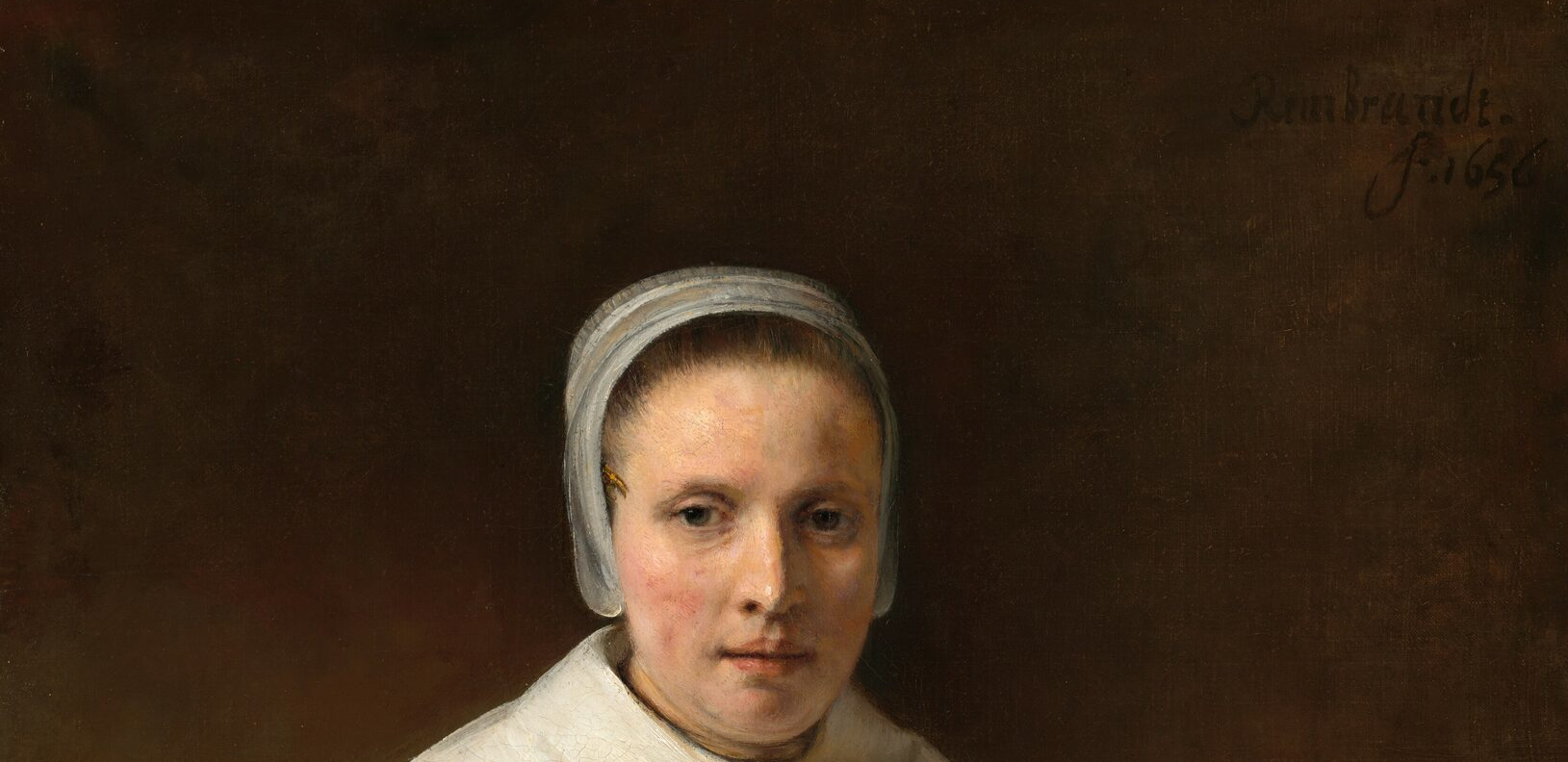
Here are some questions that people ask a lot online. You might find the answers useful for your specific case.
Yes, they can be valuable if you use unique techniques that can’t be copied. A painting without a signature can be also popular as a part of a historic legacy, for example. In this case, it goes with the tag “Unknown artist.” Yet, a signature adds value to any painting.
You have to finish your art in the first place. After that, you might come out with the signature naturally, already having in mind where to put it, which color and font to use, and what to write. These tips above will help you to create your style.
The answer is “yes.” You need to put your signature on the art. Even those painters who prefer to hide their real character still use signatures. This way, your signature will protect your paintings from being stolen.